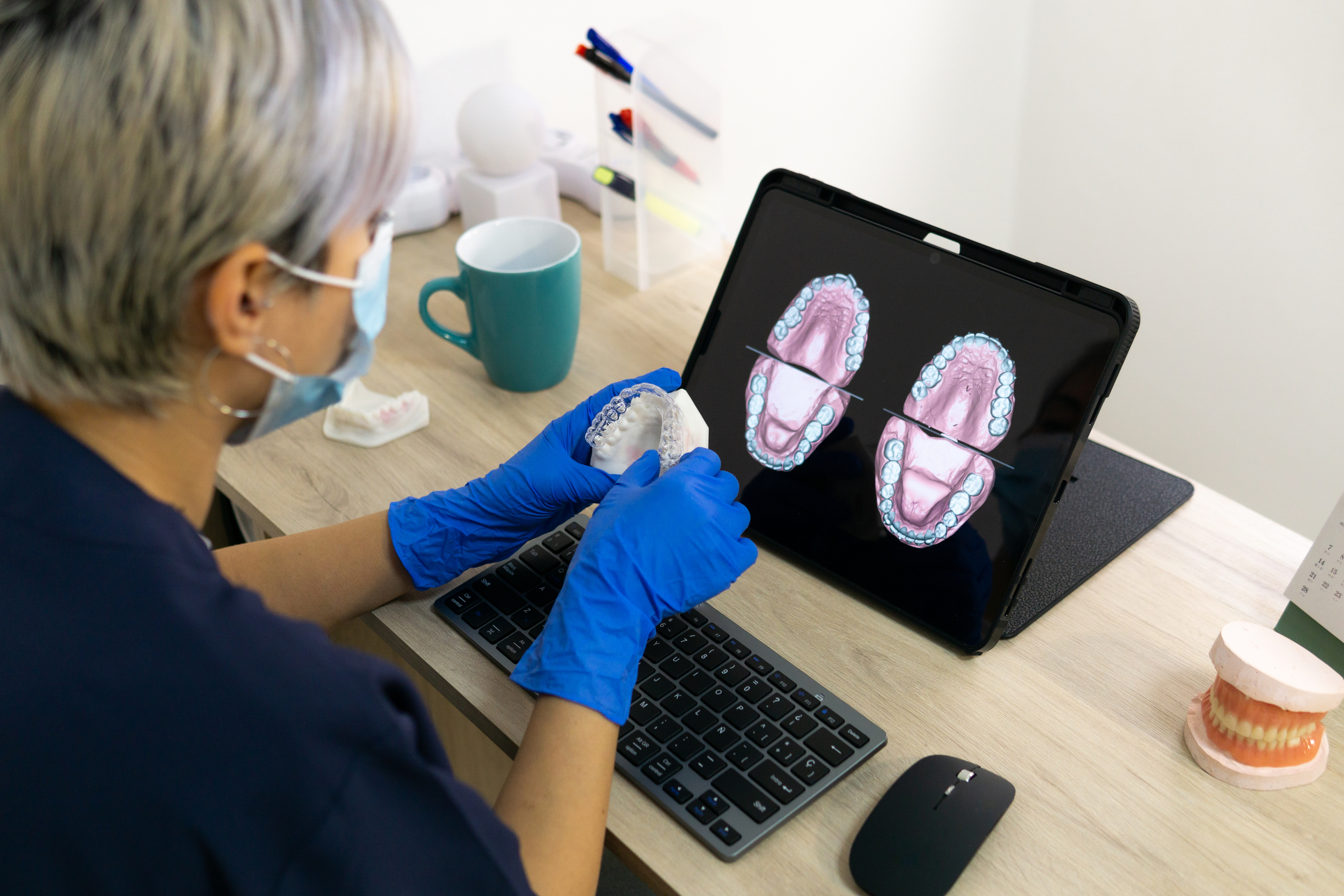How Dental IT Practices are Shaping Modern Dentistry
Posted via | #Medigy: Dental Care #Medigy: Dentistry
While advancements in tech have significantly transformed the medical industry for decades, dentistry has certainly taken its time to get up to speed and adopt IT, digital tools, and processes that could potentially revolutionize the sector.

A shallow focus of a female dental technician designing a new dental prosthesis in a clinic
The good news is that as technology becomes more streamlined, more accessible, and more affordable, the benefits are beginning to outweigh the cons for dental practitioners when delivering quality care to their clients. Coast Dental is one of the leading surgeries employing top tech services in 2024.
A closer look at dental IT
Advancements in artificial intelligence, digital tools and software, and even aspects like 3D printing are quickly becoming go-to solutions in dentistry. With so many advantages linked to each of these, let’s take a closer look at what dentists can expect:
AI in dentistry
Artificial intelligence has the unique ability to adapt and learn as it is used, and its applications are wide and varied across the dental industry. Not only can it assist in elevating patient care, but it can also in streamline a host of front-end, back-end, and B2B operations.
It is not yet widely used in robotics for physical patient care, but it is becoming more prevalent for imaging and diagnosis, analysis and predictive analysis, treatment planning, and administrative support. There’s also a growing interest in the potential advantages of augmented and virtual reality-driven scenarios.
The most attractive benefits of AI in dentistry include faster diagnosis and earlier treatment of patient conditions through imaging and the accessibility and shareability of information between a host of practitioners, dentist offices, and healthcare spaces.
Digital tools and software in dental practices
A host of digital dentistry tools and software can be leveraged to streamline data analysis and boost predictive treatment protocols. One of the biggest hurdles in medical fields and dentistry is the fact that historical data can be extremely difficult to examine, share, and derive insights from. This is largely due to how medical records are kept. Digital tools and software can be installed and use AI algorithms to crunch numbers at lightning speeds and create personalized treatment plans and preventative care strategies. On the other hand, software can be used to improve record taking for the future and connect multiple and even multinational individuals to patient data.
3D printing in dentistry
3D printing is one of the only technological advancements being applied to dentistry that is supported by hardware. Data can be taken from imaging and AI programs and transmitted to a 3D printing device that will be able to produce custom solutions for everything from prosthodontics and dental, craniomaxillofacial, and orthopaedic implants to the production of drill guide implant frameworks and a host of components for both dentistry and maxillofacial surgery.
Are dental IT practices better than traditional approaches?
While there are many arguments both for and against the use of AI in many sectors, dentistry can certainly benefit from implementing specific IT practices. Traditional approaches may be tried and tested, but there have been challenges in recent years that technology has the ability to address for the benefit of patient care and collaboration for the wider industry.
Continue reading at | #Medigy: Dental Care #Medigy: Dentistry
See Also
- 8 Mindblowing Examples Of Technology Innovation In Healthcare
- US Physicians Embracing Generative AI for Patient Care, But Transparency is Key
- Healthcare App Design: Boosting User Experience and Effectiveness
- 7 healthcare startups make AI 100
- Change Healthcare cyberattack inflicts severe damage on physician practices